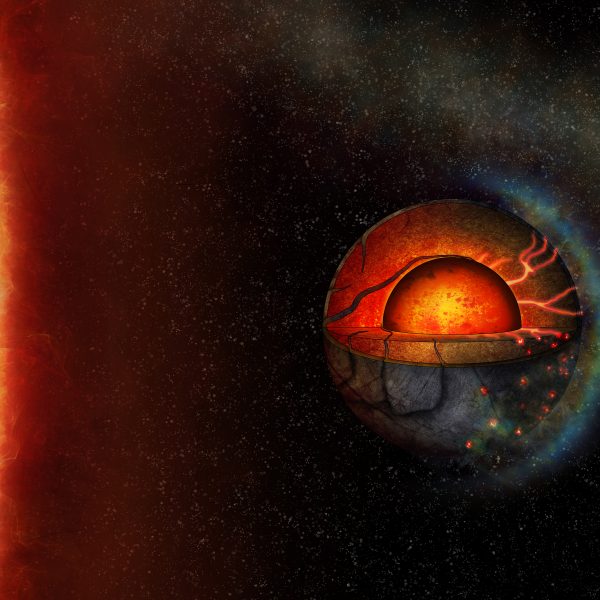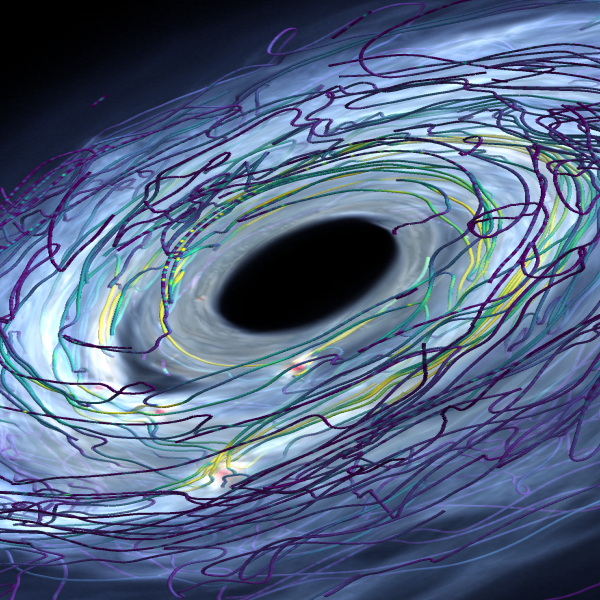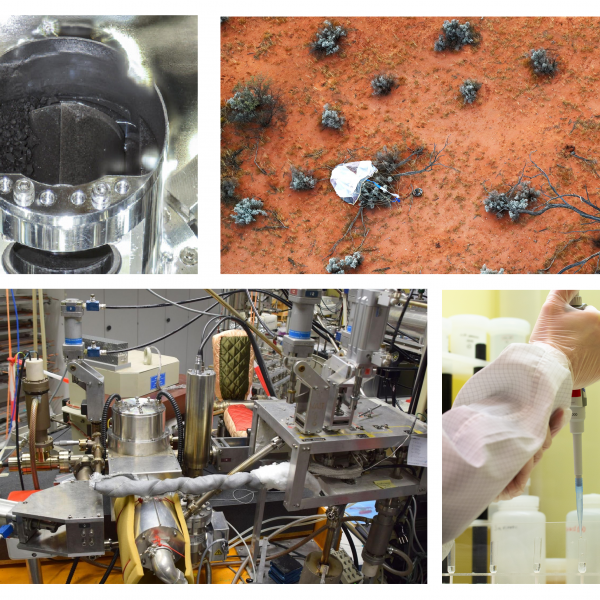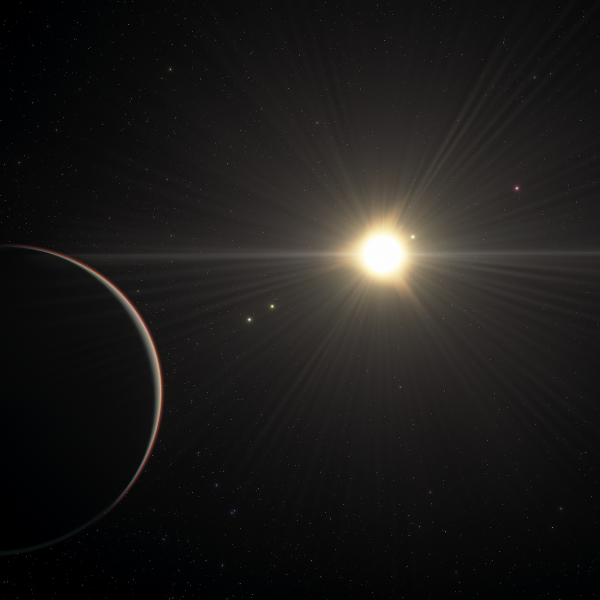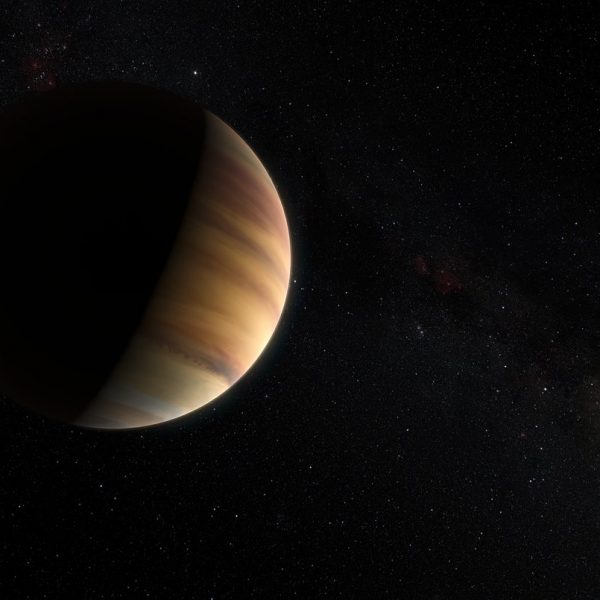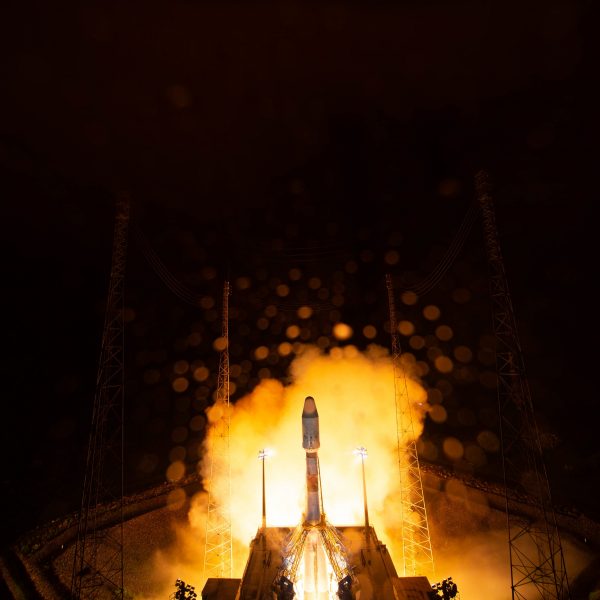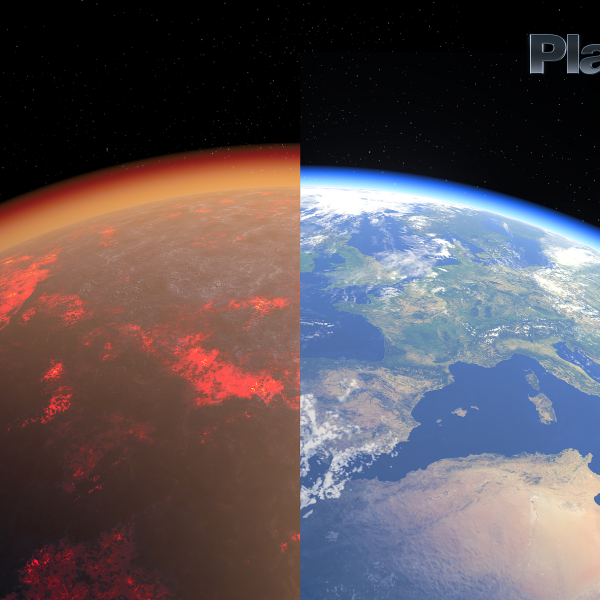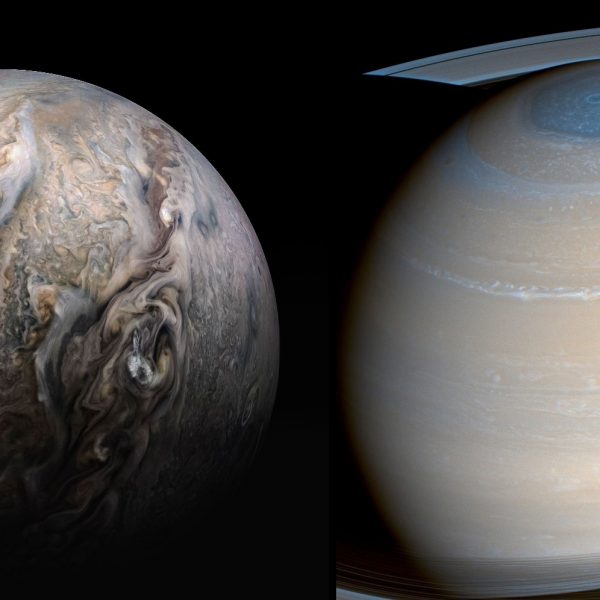Author Archive
Volcanoes might light up the night sky of this planet
Until now, researchers have found no evidence of global tectonic activity on planets outside our solar system. Under the leadership of the University of Bern and the National Center of Competence in Research NCCR PlanetS, scientists have now found that the material inside planet LHS 3844b flows from one hemisphere to the other and could […]
Continue ReadingA new way of forming planets
Scientists of the Universities of Zurich and Cambridge, associated with the Swiss National Centre of Competence in Research PlanetS, suggest a new explanation for the abundance of intermediate-mass exoplanets – a long-standing puzzle of Astronomy. In the last 25 years, scientists have discovered over 4000 planets beyond the borders of our solar system. From relatively […]
Continue ReadingReturned asteroid samples may reveal secrets of the cosmos
Samples taken from the asteroid Ryugu by the Japan Aerospace Exploration Agency (JAXA) Hayabusa2 mission have returned to Earth. Scientists of the Swiss National Centre of Competence in Research’s PlanetS programme hope to learn more about our own and other star systems from studying them and may find clues on the origin of life on […]
Continue ReadingCHEOPS finds unique planetary system
The CHEOPS space telescope detects six planets orbiting the star TOI-178. Five of the planets are in a harmonic rhythm despite very different compositions – a novelty. CHEOPS is a joint mission by the European Space Agency (ESA) and Switzerland, under the aegis of the University of Bern in collaboration with the University of Geneva. […]
Continue ReadingThe importance of theory in exoplanetary science
Scientists at the University of Zurich associated with the National Center of Competence in Research PlanetS reveal considerable uncertainties in the theoretical understanding of giant gas planets. This emphasizes the importance of further developing theoretical aspects of exoplanetary characterization. Planets that orbit other stars are very far away. Even the ones close enough for instruments […]
Continue ReadingEditorial
Dear Reader, One year in space, more than 5300 Earth orbits completed corresponding to more than 236 million kilometers travelled, and over 439’000 superb images downlinked. All things considered, CHEOPS had a very good year in space compared to what happened to us on the ground. Of course, we had our moments of stress before […]
Continue ReadingTRAPPIST-1’s 7 Rocky Planets May Be Made of Similar Stuff
The TRAPPIST-1 star is home to the largest batch of roughly Earth-size planets ever found outside our solar system. An international study involving researchers from the Universities of Bern, Geneva and Zurich now shows that the exoplanets have remarkably similar densities, which provides clues about their composition.
Continue ReadingOne-year launch anniversary of CHEOPS
In its first year in orbit, the CHEOPS space telescope has already revealed details of one of the most extreme exoplanets and showed its maneuverability by evading space debris. CHEOPS is a joint mission by the European Space Agency (ESA) and Switzerland, under the aegis of the University of Bern in collaboration with the University […]
Continue ReadingNew insights into Earth’s primeval atmosphere
A team of international scientists, led by the ETH Zurich and the National Centre of Competence in Research (NCCR) PlanetS, has gained new insights into Earth’s atmosphere of 4.5 billion years ago. Their results have implications for the possible origins of life on Earth. Four and a half billion years ago, Earth would have been […]
Continue ReadingHow giant planets turn gas to metal
New theoretical insights and space mission data have changed our perception of the Solar system’s largest planets. Scientists from the University of Zurich, involved in the National Centre of Competence in Research PlanetS, have reviewed our current state of knowledge. Earth is a terrestrial planet. It consists of a mostly solid rocky crust and molten […]
Continue Reading
